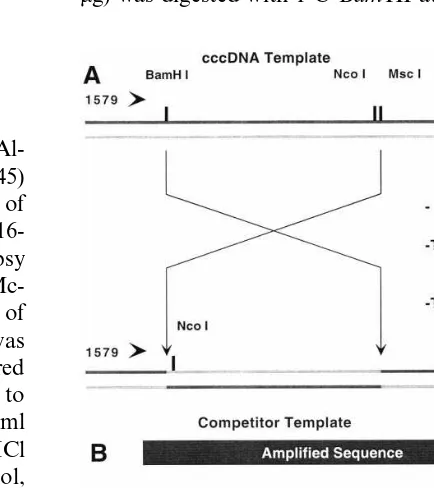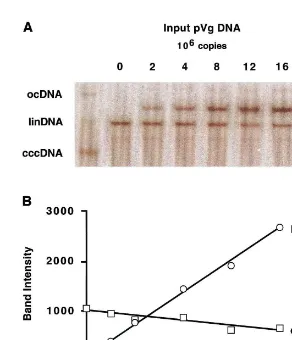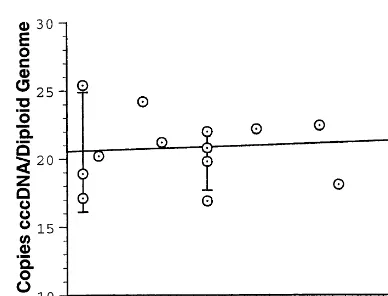Directory UMM :Data Elmu:jurnal:A:Antiviral Research:Vol48.Issue1.2000:
Teks penuh
Gambar




Dokumen terkait
Readers are referred elsewhere for detailed description of methods for bulk density (Azooz et al., 1996; Franzluebbers and Arshad, 1996b), saturated hydraulic conductivity, pore
Contents of soluble sugars and the sucrose to hexose ratio (S/H ratio) at different harvest dates at the Vegetable Experimental Site at KokemaÈki in 1996 and 1997.. Probability
King (1977) utilized ¯avonoid comparisons to perform a phenetic analysis while Kron (1993) examined ¯oral, fruit, and vegetative characteristics to group species into ``alliances''
Concerning the rankings of the auctions in terms of efficiency and revenue, Krishna and Rosenthal (1996), within an example with one global and two local bidders, obtain a
Sadanand and Sadanand (1996) used in their analysis a partial equilibrium model containing a dominant firm and a nonatomic competitive fringe in order to investigate the timing
The present study was designed to determine the quantitative dietary crude protein requirement for optimum growth of juvenile American eel using a practical fish-meal- based diet and
high density in hapas Little et al., 1996. The numbers of broodfish and hapas used is indicated in Table 1. Conditioning hapas were allowed to sun-dry in situ to control fouling of
In spite of substantial introduction of new sorghum and millet cultivars in semiarid Sub- Saharan Africa, there has been minimum aggregate impact on yields (FAO and ICRISAT, 1996: